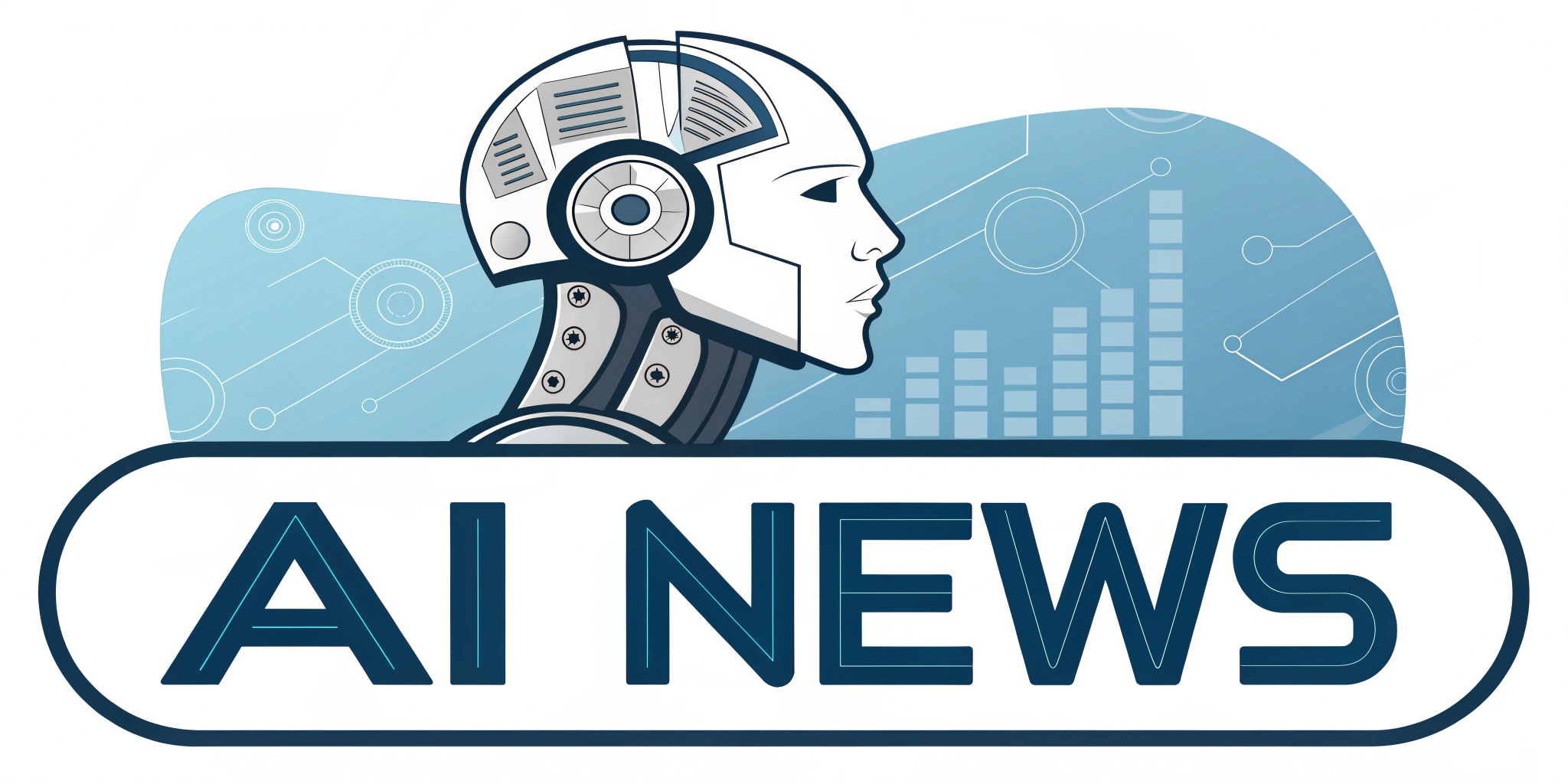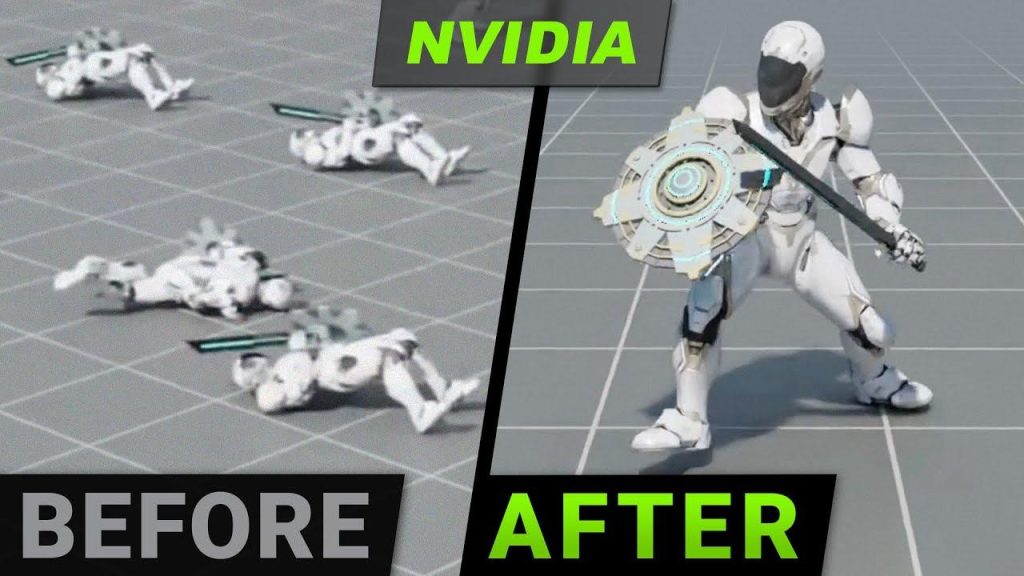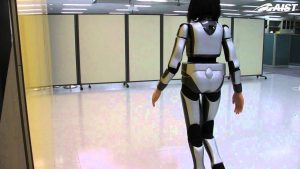In a groundbreaking advancement in artificial intelligence for gaming,researchers have unveiled a new generation of virtual soldiers capable of training and learning over vast simulations. This innovative work serves as a follow-up to the impressive ASE project,which featured AI soldiers that honed their combat skills over an extended period,the equivalent of ten years in their virtual world—compressed to just ten days of real-time training. The latest iteration has taken this concept even further, amassing an remarkable 5 billion training steps on a single high-performance graphics card.These AI soldiers are not just learning to mimic human movements; they can adapt and fine-tune their responses, learning from unlabeled motion capture data. However, the real challenge lies in making their movements controllable, allowing them to respond intuitively to player commands, such as attacking or completing complex maneuvers.While this new system shows promise with smooth transitions between actions—similar to a gymnast performing routines—its experimental nature still presents hurdles,evidenced by occasional unintentional glitches during simulations. As researchers continue to refine this technology, the possibilities for enhanced realism in video games may soon be within reach, paving the way for a new era in interactive entertainment.
Training Breakthroughs in Virtual AI Soldiers
The capabilities of these virtual soldiers extend beyond mere movement; they harness sophisticated neural networks to understand and anticipate a range of battlefield scenarios. Through the incorporation of reinforcement learning, these AI units evaluate the consequences of their actions in real-time, allowing for a more strategic approach to combat engagement. Factors such as terrain navigation, environmental awareness, and enemy behavior modification are now seamlessly integrated into their decision-making processes. This evolution in AI training leads to a dynamic interaction model, where soldiers can respond not only to immediate threats but also predictively position themselves for future engagements.
- Enhanced Performance: With the latest architecture, virtual soldiers can now efficiently manage multi-agent interactions, paving the way for team-based strategies.
- Behavioral Adaptation: AI soldiers are programmed to evolve their tactics, learning from past encounters to offer increasingly sophisticated responses.
- Error Correction: Investment in feedback loops enables these entities to rectify mistakes autonomously, mimicking the human learning process more closely than ever before.
Harnessing Unlabeled Motion Capture Data for Enhanced Realism
Utilizing unlabeled motion capture data is revolutionizing the approach to realism in virtual simulations. By leveraging vast datasets, AI systems can learn intricate patterns of human movement without the limitations of pre-defined labels. This adaptability allows the models to generate a wider variety of naturalistic behaviors, which can enhance the immersive experience in both gaming and film. Moreover,the technology can contribute to character personalization,where unique movement styles can be developed based on player or character traits,thus creating a richer narrative experience and deeper emotional connections to the characters on screen.
- Dynamic Interaction: AI models respond authentically to player inputs, allowing for fluid and engaging gameplay.
- Realistic Animation: The ability to interpolate movements seamlessly enhances the believability of animated characters.
- Training Versatility: New training techniques can be implemented quickly, adapting to different genres and styles of gameplay.
Achieving Interactive Control: Precision Training in Action
The recent advancements in AI training have enabled entities to not only simulate human-like movements but to also execute complex strategies during gameplay. By leveraging a unique combination of deep reinforcement learning and generative algorithms, these AI soldiers can now exhibit behaviors that mimic real-world decision-making, assessing threats and opportunities dynamically. Their training incorporates a variety of environmental variables, allowing the machines to learn contextually appropriate tactics that can adjust to shifting scenarios and player strategies.Enhanced algorithms ensure that their responses are timely and relevant, engaging players in a far more interactive manner than customary scripted AI.
- Strategic Depth: AI units can devise elaborate tactics by analyzing both their own capabilities and the strengths and weaknesses of opponents.
- Player Feedback Integration: Continuous learning from player interactions allows AI to improve its gameplay style and adaptability.
- Real-time Adaptation: AI can quickly shift strategies based on player movements, contributing to an engaging challenge for users.
Refining Movement Transitions: Balancing Realism and Responsiveness
Achieving a seamless blend of realism and responsive gameplay requires a sophisticated approach to movement transitions in AI systems. By employing cutting-edge algorithms, these models can simulate nuanced shifts in locomotion and posture, closely mirroring the intricacies of human movement. The challenge lies in striking a balance between creating fluid animations that feel natural and ensuring that player commands are met with immediate and accurate responses. This is critical for maintaining immersion and creating an engaging experience, especially in high-stakes scenarios where every moment counts and player feedback is crucial.
- Smooth Animations: AI-driven systems now integrate advanced physics calculations to enhance the believability of character movements.
- Responsive Controls: With real-time input recognition, players can expect their commands to translate into immediate actions from AI agents.
- Dynamic Adaptation: The ability to adjust movement based on the environment or the player’s actions ensures that characters remain unpredictable and lifelike.























